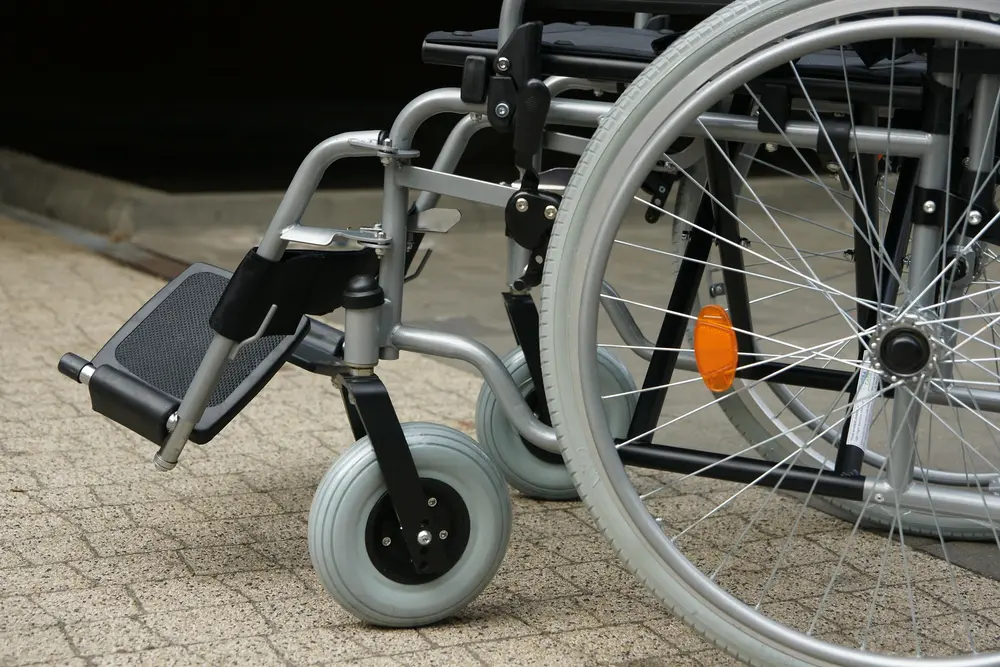Social Security disability benefits are often the final safety net for individuals suffering from medical impairments. For many, the Social Security Administration’s (SSA) bureaucracy can be frustrating, confusing and slow. This post explains the Social Security Disability Five-Step Sequential Evaluation Process.
What are Social Security Disability Benefits?
Social Security Disability Insurance Benefits and Supplemental Security Income disability benefits are the two disability benefit programs administered by SSA. These benefit programs provide monthly benefits and health insurance to those who qualify. There are both medical and non-medical requirements to be eligible for these programs.
What is Social Security’s Definition of Disability?
The Social Security Act defines disability as the inability to engage in any substantial gainful activity (SGA) by reason of any medically determinable physical or mental impairment(s) which has lasted or can be expected to last for a continuous period of not less than 12 months, or can be expected to result in death.
What is Social Security’s five-step sequential evaluation process for determining adult disability?
The first issue is whether a claimant is engaging in SGA, that is, working at a substantial level. SSA can consider work earnings above $1,170 per month in 2017 to be substantial. If it is substantial, the application for benefits can be denied or benefits terminated. There are additional rules for self-employed individuals.
If a claimant is not engaging in SGA (Step 1) then SSA moves onto Step 2. At Step 2, SSA determines if there is a medically determinable impairment that significantly limits the individual’s physical or mental abilities to do basic work activities. Basic work activities include both mental and physical functions. These can include the ability to maintain concentration, persistence or pace. They also include physical demands such as lifting and carrying or walking and sitting.
At Step 3, SSA considers whether the criteria of any of its listed impairments have been satisfied. If so, the claimant can be found disabled at Step 3. If not, SSA must establish the claimant’s “residual functional capacity (RFC).” RFC is the most a claimant can do given his or her limitations.
Once that is done, SSA uses the RFC to determine if the claimant can perform his or her “past relevant work” (Step 4). At Step 5 SSA considers the claimant’s RFC as well as his or her age, education and transferable skills to decide if the claimant can do any other work. If the claimant can perform other work, he or she is not disabled under the law.
We’ll continue with more information about Step 3 – the Listings of Impairments – in our next blog post.






